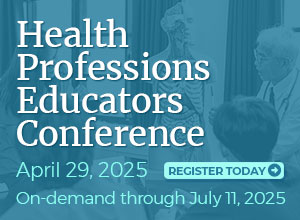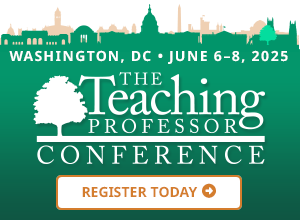Step Away from the Lectern
A quote from my June 3 blog post appeared in the October 18 issue of the New York Times. I was thrilled until I read the beautifully written op-ed piece. It proposes more lecture and less active learning. My quote was used to illustrate the perspective of those of us who favor active learning.



